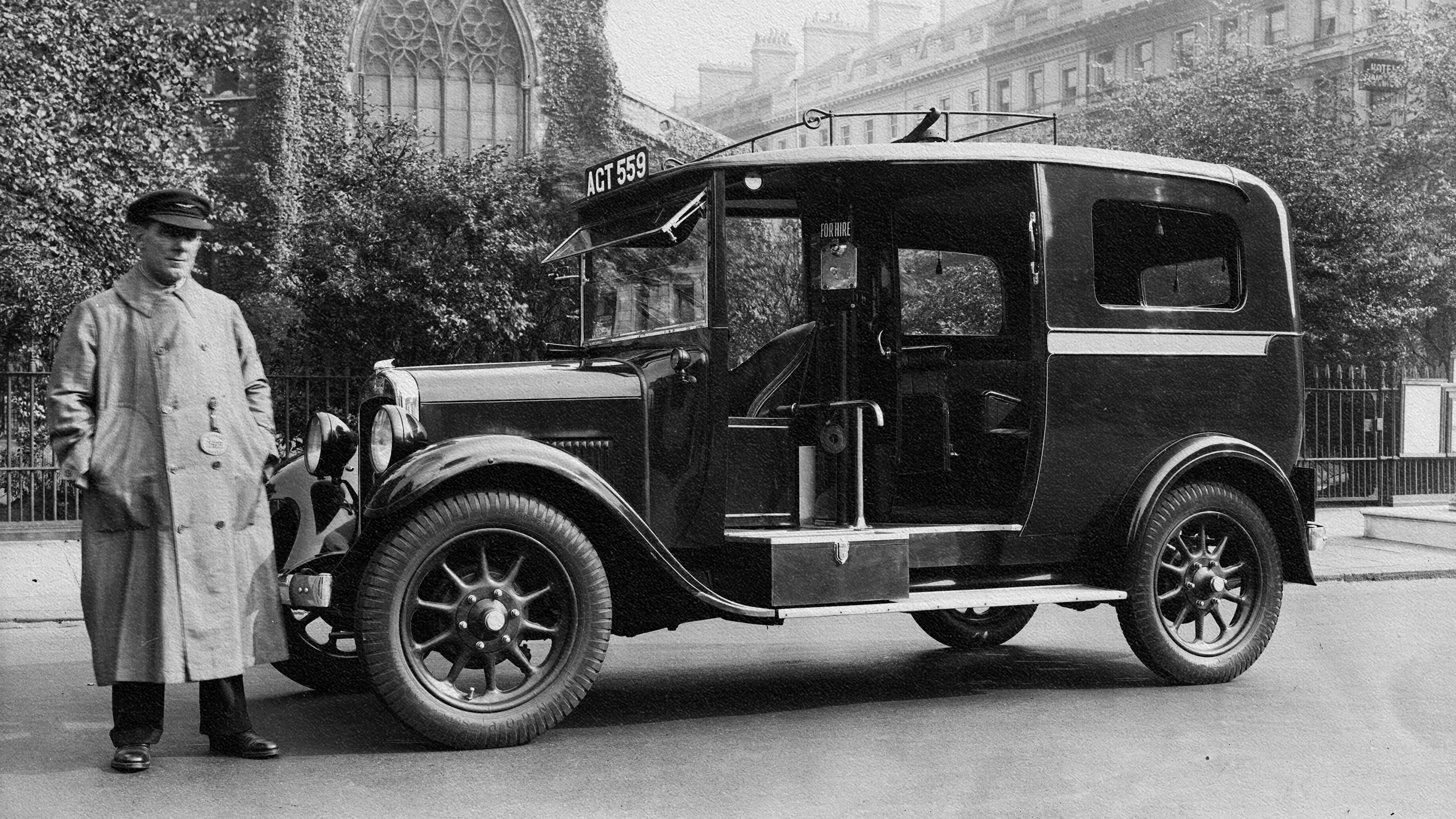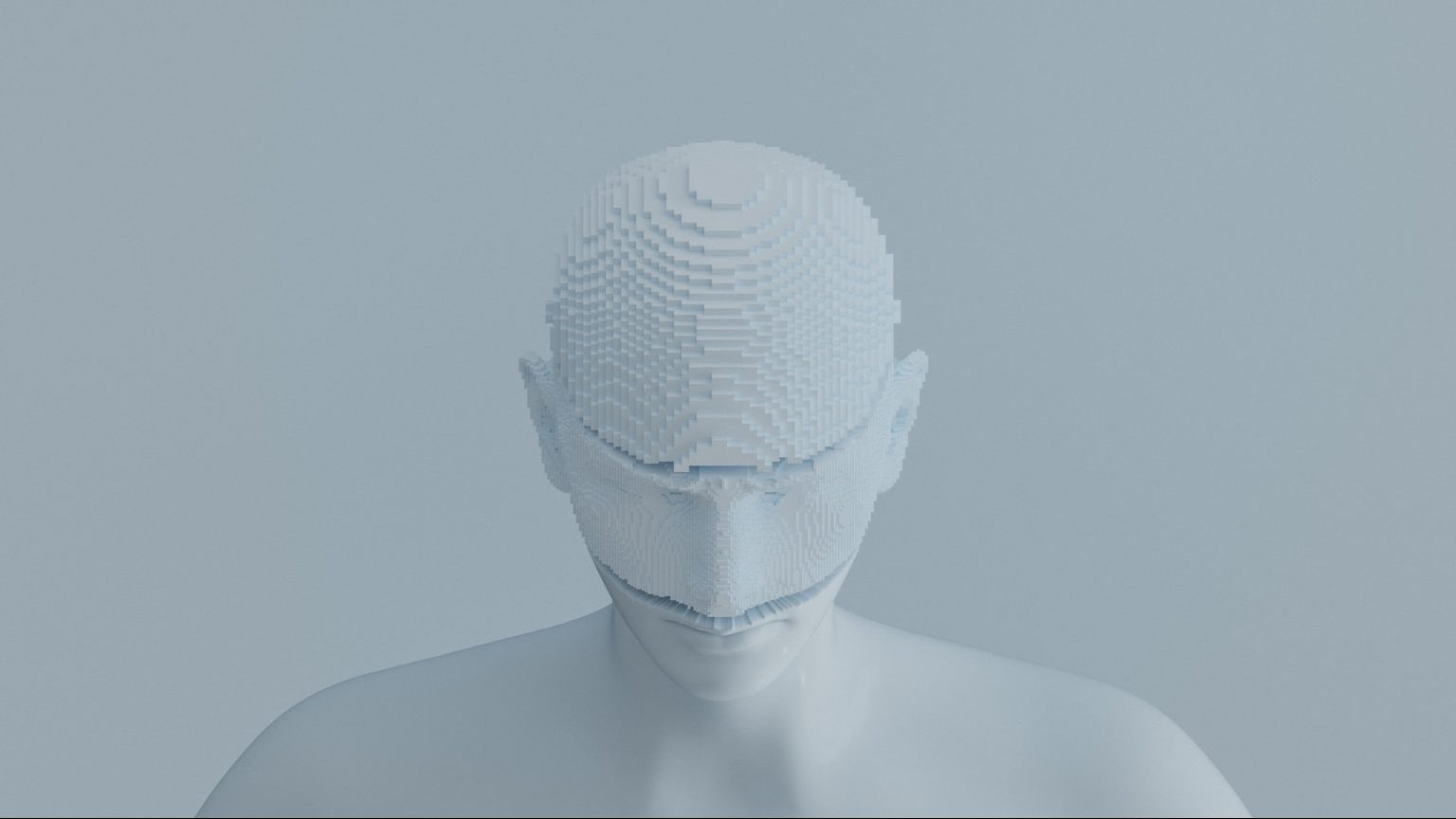Learning to See in 3-D: A Neurobiologist Rewires Her Own Brain

What’s the Big Idea?
If the scientific consensus had been right, Sue Barry would still be seeing in 2-D. Barry was born with strabismus, a condition in which the eyes couldn’t look in the same place at the same time. By the age of two, she’d undergone three surgeries, but the operations succeeded only in making her eyes appear not to be crossed — they kept on functioning separately. The whole world looked to Barry like a kid’s drawing.
As a child, when she saw herself in the mirror, if there was a speck of dirt or a smudge on the surface of the glass, she would try to remove it from her clothes. “I didn’t have a sense of space expanding beyond the mirror,” she explains. Why anyone would call a book Through the Looking Glass was a mystery to her.
She knew that a tree had branches, but she couldn’t see the layers of space between the branches. “It was only after I gained 3-D vision that I realized that tree canopies look round and that the outer branches enclose and capture whole vibes of space through which the inner branches permeate,” she explains.
But it wasn’t until college that she realized that her physical sense of herself in the world was dramatically different from other people’s. All her life, Barry had used monocular cues to sense depth, shading, and shadow to determine that some things were behind things or some things were rounder than other things. She thought she was seeing normally.
During a lecture on physiology, a professor described the impression of depth and dimension that arises from stereovision. “I remember leaving the classroom and thinking, what is he talking about?”
At the same time, she learned that there was a critical period in early childhood during which stereovision must be developed. According to the traditional understanding of neural functioning, Barry had missed the window during which infants build new neural connections and pick up the skills – turning the eyes in to fixate on an object, or out to see an object in the distance – that allow them to see in three dimensions.
As a professor neurobiology at Mount Holyoke College, Barry herself taught students the conventional wisdom that the human brain is malleable “during a ‘critical period’ in infancy but loses the capacity to rewire in adulthood” — using her own story to illustrate the point. Then, when she was 48 years old, she saw a developmental optometrist, and began training her eyes to see differently. She spent months practicing visual therapy exercises.
What’s the Significance?
The first time she saw in the 3-D, she didn’t believe it. “When I went out to my car and I sat down in the driver’s seat, and I looked at the steering wheel to drive away, and the steering wheel was floating in front of the dashboard with this palpable volume of space between the steering wheel and the dashboard. And I had never seen anything like that before. And I thought, is this stereovision? And then I thought, no way.” It was her 48th birthday.
“And I thought to myself, it must be the sun coming, the sun rays coming into the car at an odd angle. This is just some crazy illusion, just concentrate on driving and get home.” Because everything Barry was experiencing was in defiance of her schooling as a neurobiologist, it took her months that accept what was happening. She wrote a letter to Oliver Sacks, who tested her and confirmed that she was in fact now seeing in 3-D.
Over the course of a few months, her world transformed. She remembers stopping a student in the bathroom to say, “the arc of that sink faucet’s the most beautiful arc I’ve ever seen.” The student looked at her like she was crazy. But for Barry, it was like she could see it “emerging through these layers of space.” Sacks dubbed her “Stereo Sue.”
Since then, the field of neuroscience has also evolved. We now know that the brain has a lifelong ability to reorganize neural pathways based on new experiences. And neuroplasticity is shaped by our genetics, our environment, and our own actions: brain imaging studies show that every time we learn a new task, we’re changing our brain by expanding our neural network.
“When people have talked about windows of opportunity for learning,” says Barry, “to see in stereo or learning a language, there seems to be this thought that the reason why you can’t change after the critical period is because your brain has become hardwired. But what I think is actually going on in many instances is that the person has developed certain habits that they cannot change without becoming aware of them.”
It was not her brain functioning that was “fixed,” but the way she was using her eyes. When Barry was treated as a patient, as someone (or something) to be acted upon, her eyes changed on a superficial level, but her perception did not. It took becoming an active participant in the process of her own learning for her to shift her vision from 2-D to 3-D.
Image courtesy of Shutterstock.com/Objowl.
For more, check out Barry’s book, Fixing My Gaze.





